

Our double board-certified plastic surgeon, Dr. Erella, offers breast reduction procedures in our office in Austin, TX. This surgery aims to relieve discomfort and improve proportions for women with overly large breasts. During a consultation, Dr. Erella evaluates each patient’s needs, medical history, and breast anatomy to recommend the best surgical plan. He has over 25 years of experience providing advanced treatment. The main goal of our practice is to personalize care for each patient and make sure that all procedures are completely safe.
Breast reduction, also known as reduction mammaplasty, is a surgical procedure that removes excess fat, glandular tissue, and skin from the breasts to achieve a smaller size. It is usually performed to create better proportions and alleviate discomfort associated with overly large breasts. During the procedure, the surgeon makes incisions around the areola and down to the underside of the breast, removes excess tissue, reshapes the breast, and repositions the nipple. Breast reduction surgery takes 2-5 hours, depending on the technique used and the amount of tissue that must be taken out.
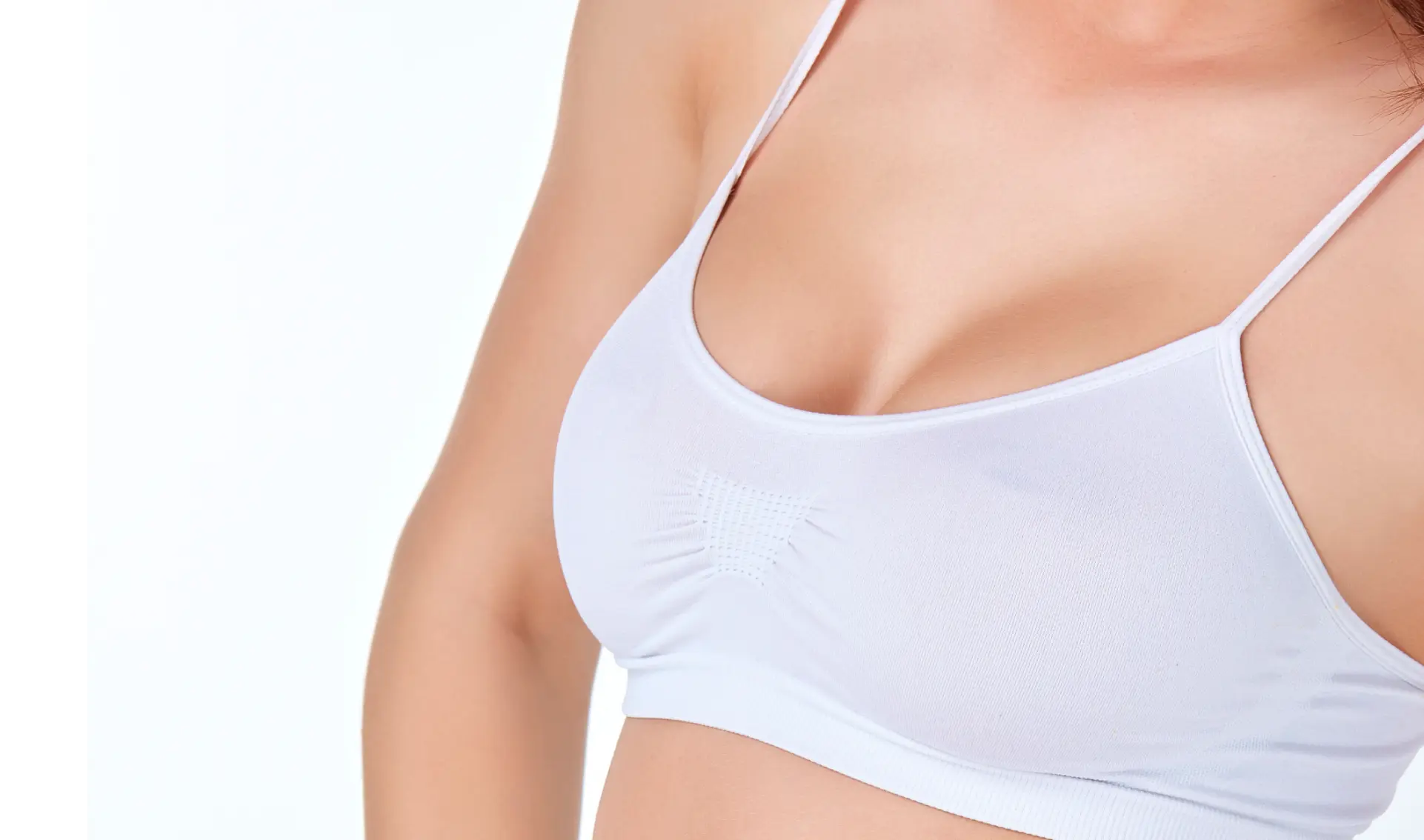
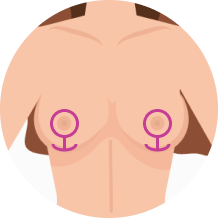
This technique involves making three incisions – one around the areola, another vertically down to the breast crease, and the third horizontally
along the breast fold. This anchor-shaped incision allows Dr. Erella to remove the maximum amount of excess tissue, fat, and skin. The nipple is also raised to a higher position on the breast. This technique is suitable for major breast reductions that require the surgeon to eliminate a lot of tissue.
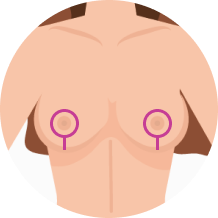
A lollipop (vertical) breast reduction requires an incision around the areola extending downward to the breast crease. Through this incision,
excess breast tissue, fat, and skin are removed. The nipple is repositioned higher on the breast. Vertical incision breast reduction results in minimal scarring since there is only one visible line – from the areola down to the breast crease. The cut around the areola is hidden in the border between the darker pigment and breast skin. This technique is used very rarely, as the anchor incision is the standard approach to breast reduction.
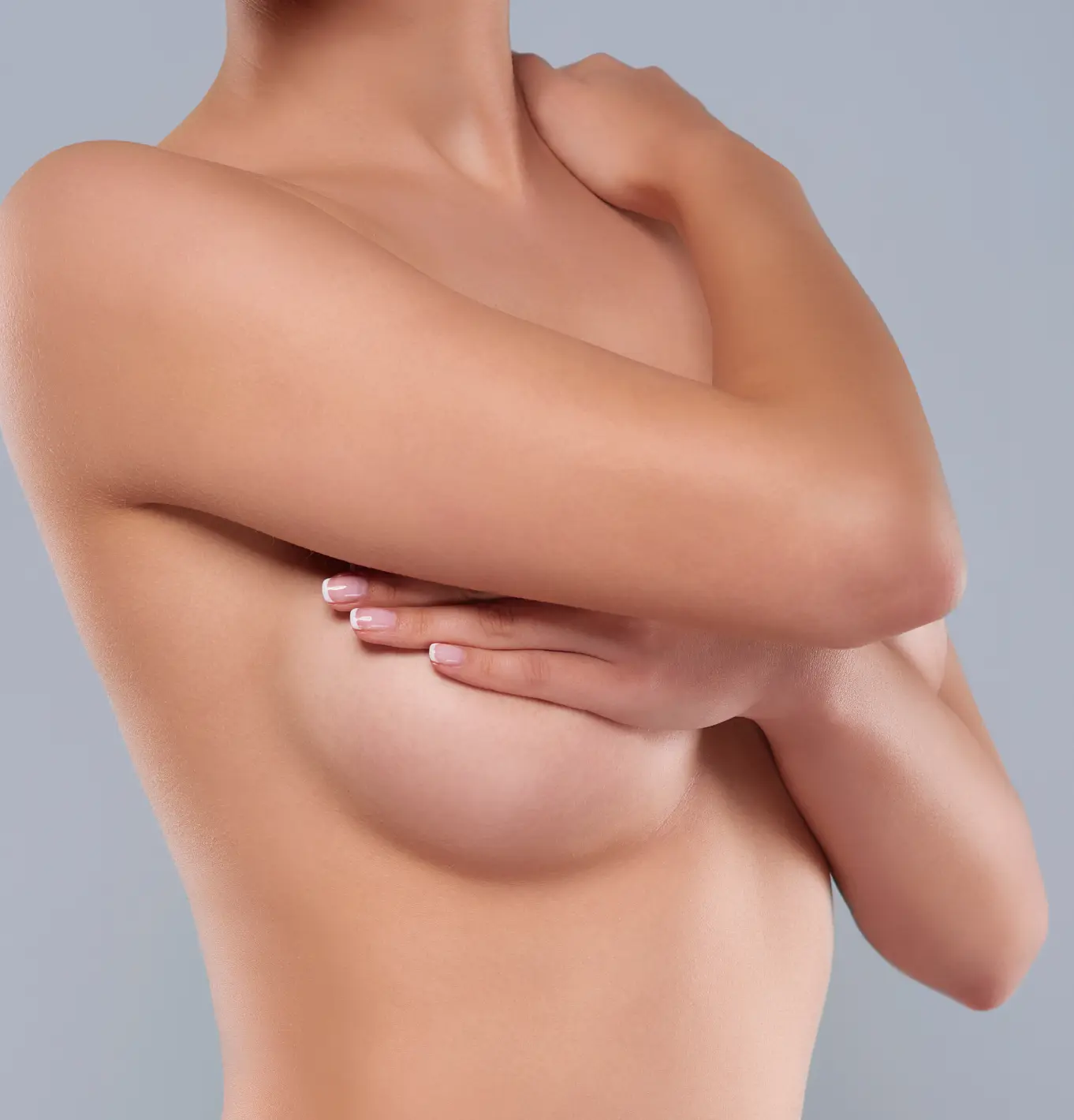
Preparation for the surgery begins with a breast reduction consultation. In addition, he explains the different techniques available for breast reduction, such as anchor or lollipop, as well as the pros and cons of each. The patient and surgeon discuss the amount of tissue to be removed to achieve the desired cup size.
Preparation for the surgery begins with a breast reduction consultation. During this meeting, Dr. Erella does the following:
discusses the patient’s goals
reviews medical history
learns about the patient’s lifestyle
perform a physical exam of the breasts
takes measurements
requests a mammogram in some cases
In addition, he explains the different techniques available for breast reduction, such as anchor or lollipop, as well as the pros and cons of each. The patient and surgeon discuss the amount of tissue to be removed to achieve the desired cup size. Dr. Erella also gives pre-operative instructions, such as:
arranging someone to assist with transportation after surgery
smoking cessation several weeks beforehand
avoiding certain supplements or medications that may interfere with anesthesia or healing
preparing the recovery space at home
not eating the night before surgery
A follow-up appointment may be scheduled to answer any other questions before confirming the surgery date. The patient is also given detailed post-operative care instructions for dressings, drains, medication, compression garments, and activity restrictions to promote proper healing.

Dr. Erella makes incisions on the breasts to remove excess tissue and skin. The location and pattern of the incisions depend on the technique. The main options include an anchor-shaped incision (around the areola, vertically down to the breast crease, and horizontally along the fold) and the lollipop method (similar pattern, but without the cut along the breast crease).
After the incisions are made, Dr. Erella removes excess fat, glandular tissue, and skin. The amount depends on how much smaller the patient wants the breasts to be and what is deemed safe and appropriate by the surgeon.
The remaining breast tissue is reshaped to achieve the proper size. The nipple and areola are moved to a higher position to create a more youthful appearance.
Finally, the incisions are carefully closed up with layered sutures. Drains may also be placed to prevent fluid buildup. In addition, dressings and bandages are applied to protect the incisions as they start healing.
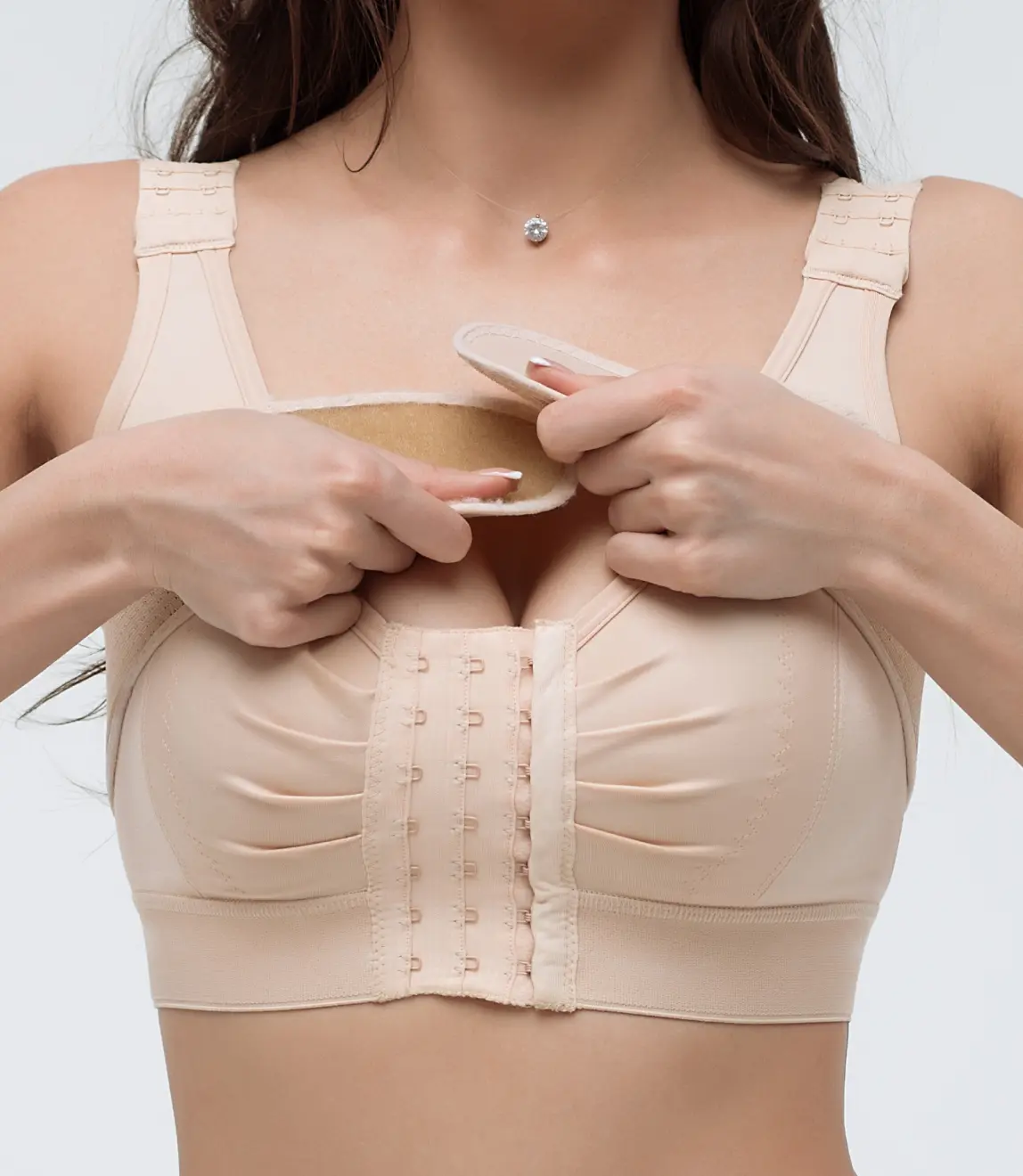
In the first week after surgery, it is important to rest and allow the body to start healing. Patients experience swelling, bruising, numbness, and discomfort. They must follow Dr. Erella’s instructions on wound care, medication, wearing a surgical bra, and restrictions on activity. Patients should also take at least a week off work and limit arm usage to avoid pulling on incisions. Pain and discomfort can be managed with medication prescribed by Dr. Erella.
In the second and third weeks, swelling and bruising continue to decrease, and numbness may start to go away as well. Patients usually return to work at this point, but they must avoid strenuous physical activity. Dr. Erella may give clearance for gentle stretching and range-of-motion exercises. Any discomfort is usually manageable with over-the-counter pain medication. It is important to continue following all instructions from our medical team.
One to two months after surgery, patients start feeling much better. Swelling continues to go down, and bruising fades. Dr. Erella lets each patient know when they can increase activity, lift objects, and resume cardiovascular exercise. Scars also start fading during this period, making the breast appearance increasingly beautiful. Patients may need to continue wearing a supportive bra as directed by the doctor.
Most women recover well and are able to engage in strenuous activity. Swelling and numbness should be greatly reduced. The breasts become closer to their final position, shape, and size. Sensation and comfort continue to improve during this period. By the end of the first year, women can see the final results of their transformative journey – the breasts take the desired shape and look rejuvenated.
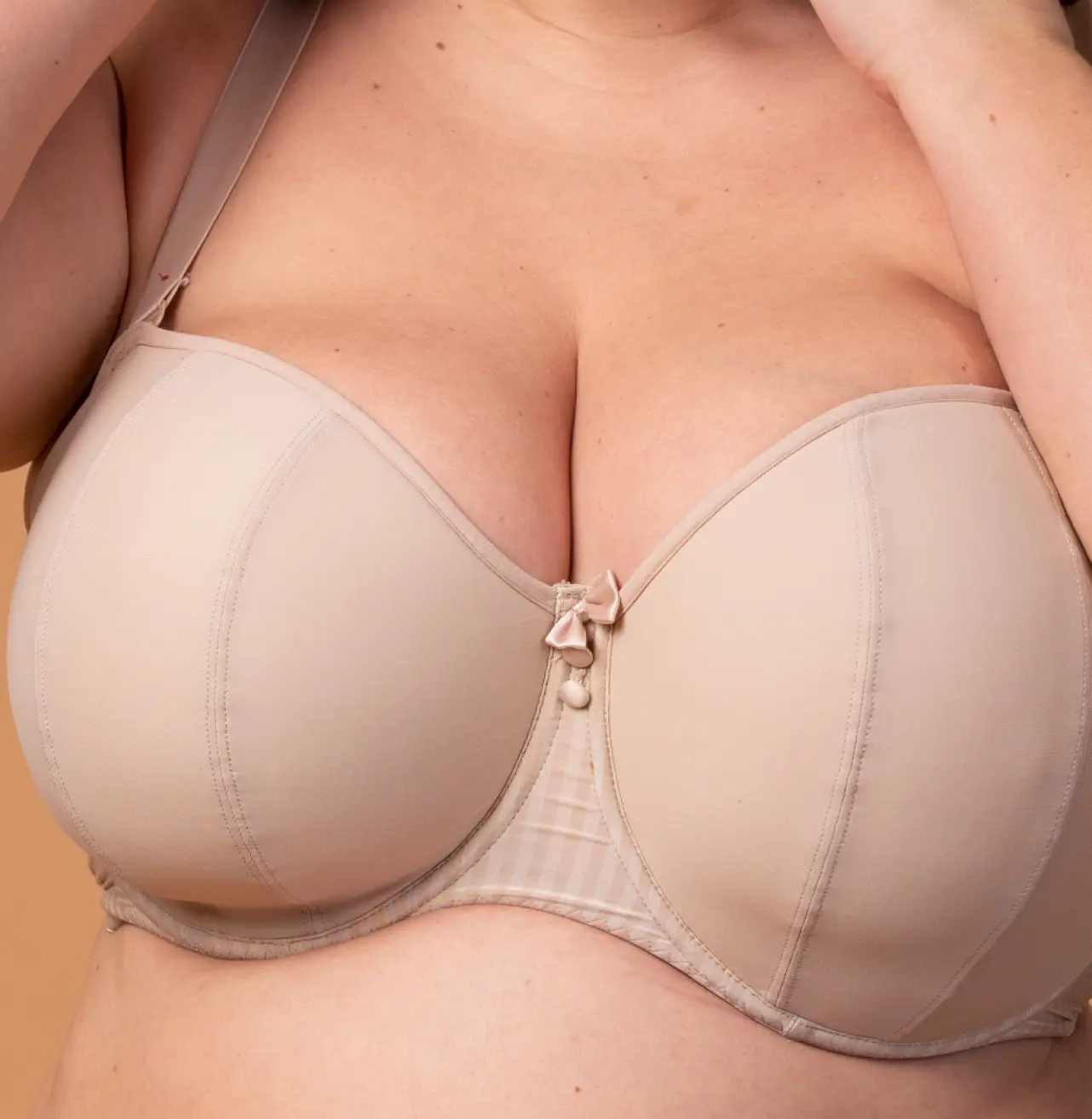
An ideal candidate for breast reduction procedures should be in good physical health and emotionally prepared for the surgery. It is also important to have realistic expectations and follow all pre-operative instructions. Here are the main types of breast reduction patients:
Dr. Erella meets with each breast reduction patient during a private consultation to discuss all aspects of surgery. At this initial meeting, patients are encouraged to ask any questions they may have, and the doctor will address their concerns.




Breast reduction cost in Austin, TX, ranges from $5,000 to $15,000. The price varies depending on the technique used, individual factors, and the complexity of the procedure. During a personal consultation, Dr. Erella will evaluate the breasts, take measurements, discuss goals, and recommend the best surgical plan. After a thorough assessment, he will provide an accurate price quote for the procedure. In addition, we offer flexible financing from CareCredit, Alphaeon, and Prosper.


© 2024 Dr. Venkata Erella. All Rights Reserved.